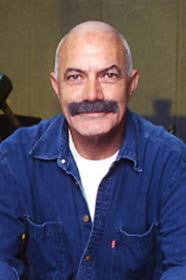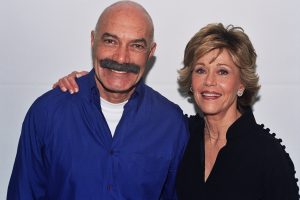Carl Franklin’s follow-up to One False Move, the unusually creative film Devil in a Blue Dress, has also aimed at reinventing the feeling of a genre and of a bygone era, in this case Los Angeles circa 1948.
Based on Walter Mosley’s novel, the film blends the hard-boiled poetry of Raymond Chandler with the social realism of Richard Wright.
The hero, Easy Rawlins (Denzel Washington), is a decorated WWII vet trying to carve out a decent existence for himself. Unemployed–with house payments to make–Rawlins accepts an offer to locate a woman who’s mysteriously disappeared, a seemingly inconsequential job, but one that draws him deeper and deeper into a web of murder and corruption.
For Franklin, “Devil in a Blue Dress” is more about the false promises of the American Dream than just a murder mystery: “Los Angeles was a Mecca for black people who came to work for the shipyards and the defense plants during the War years. The movie is about a veteran coming home with expectations of participating in the prosperous post-War economy, only to find out that some doors are closed to him.”
On another level, the film is about learning how tenuous middle-class life is–a story about a black man overcoming his fears in segregated America. Rawlins makes a deal with the devil and has to do the dance, but he comes out at the end wiser, with his mortality intact.
The physical locale serves as an important character, perceived by Franklin as “a Babylon, a get-rich-quick kind of town where anything goes.”
The movie is set against the backdrop of Central Avenue, the heart of the black community in the 1940s, tantamount to the position of Harlem in New York City during the 1920s Renaissance. By day, it’s the home of black businesses; by night, it’s a neon-lit array of nightclubs where Billie Holiday and Charlie “Bird” Parker performed. For a short period of time, it was a crossroads of cultures, where black and white people from uptown and country folk from the South interacted together.










